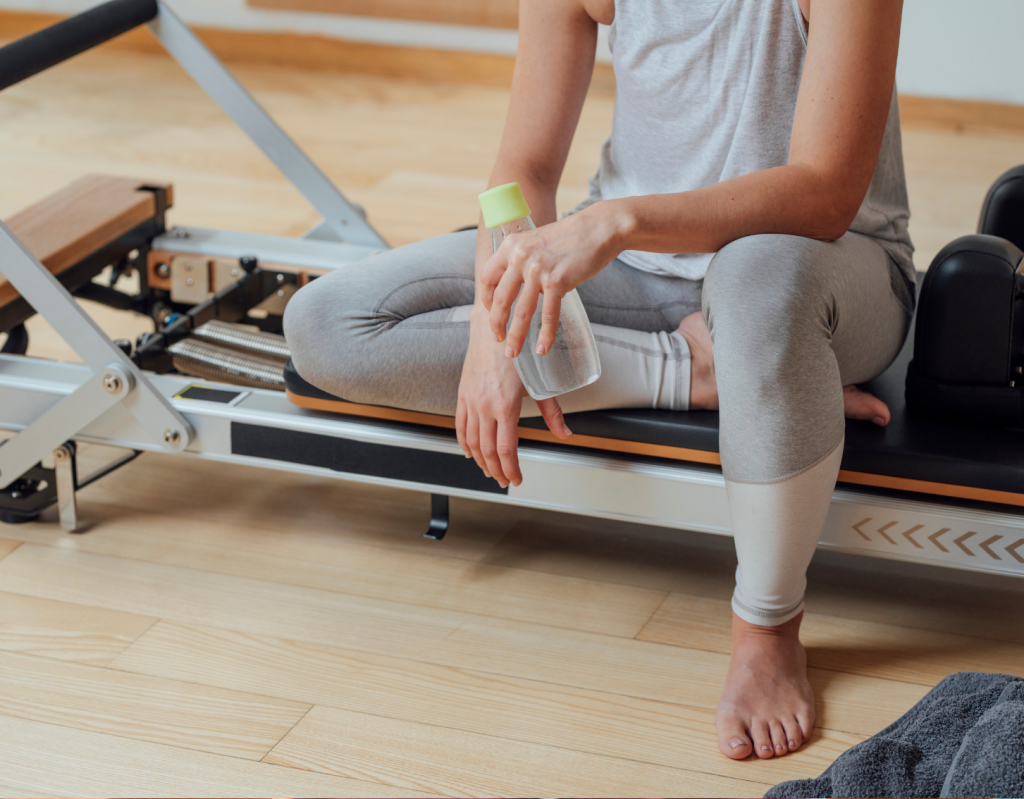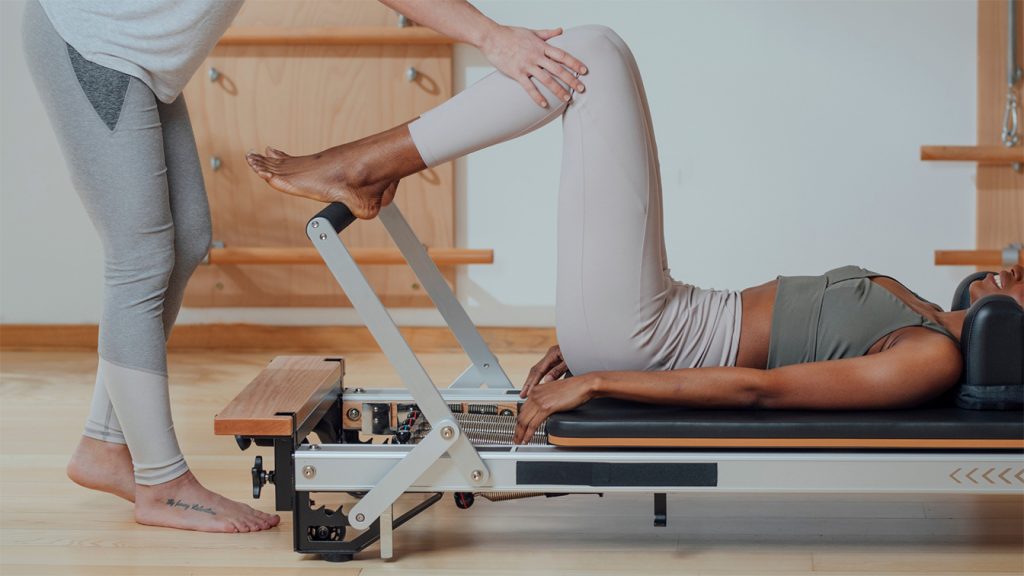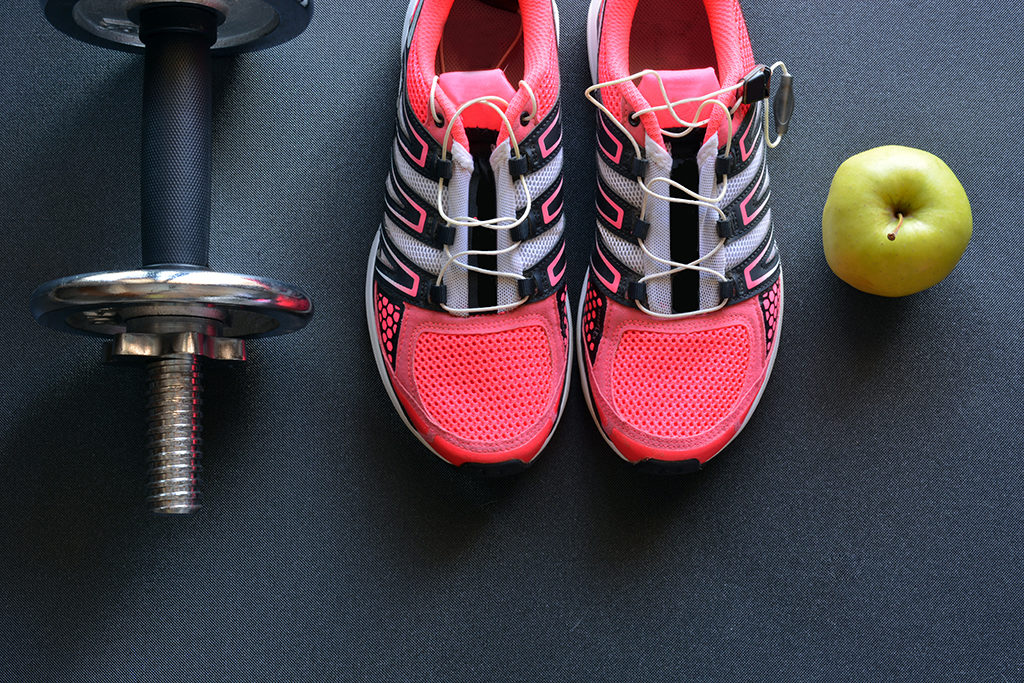Exercise is an important factor in the health and lifestyles of all Australians, but research shows that men suffer higher rates of disease and lower life expectancy compared to women. One of the main issues that men face is that they often avoid seeking appropriate help, support, and services that promote optimal health and well-being.
What are the top health conditions affecting men?
The Australian Institute of Health and Welfare “The health of Australia’s males report” outlines the top 10 chronic health conditions affecting men in 2019, they are:
1. Mental and behavioural problems
2. Back problems
3. Arthritis
4. Asthma
5. Diabetes
6. Heart, stroke and vascular disease
7. Chronic obstructive pulmonary disease
8. Cancer
9. Osteoporosis
10. Chronic kidney disease
How can physical activity improve chronic health conditions?
Outlined below are a few examples of chronic health conditions and how the evidence supports physical activity as having a positive effect on managing symptoms and reducing disease progression.
Mental Health
Nearly 1 in 2 Australian males have experienced a mental health problem in their lifetime. Exercise improves mental health by reducing anxiety, depression, negative mood, and improving self-esteem and cognitive function. Exercise releases the ‘feel-good’ chemicals – endorphins and serotonin that improve your mood and reduce your stress levels.
Obesity
According to ‘the ‘health of Australia’s males’ report mentioned earlier, 3 in 4 men were overweight or obese in 2019. Obesity is a major risk factor for cardiovascular disease, type 2 diabetes, high blood pressure, and chronic kidney disease. When physical inactivity is combined with overweight and obesity; the risk of developing these conditions increases dramatically. Increasing your energy output through exercise will help to promote weight loss and reduce your overall risk of disease.
High blood pressure
High blood pressure is one of the most important risk factors for coronary heart disease which is the leading cause of death for men in Australia. Research shows that with regular physical activity; your heart becomes stronger and more efficient; decreasing the force within your artery walls and leading to reduced blood pressure.
Osteoarthritis
Exercise is regarded as the foundation of conservative management for managing symptoms in those with hip and knee Osteoarthritis. Regular exercise can improve physiological impairments associated with osteoarthritis including muscle strength, joint range of motion, proprioception, balance, and cardio fitness. Weight loss is also important to consider for osteoarthritis, as joint pain is strongly associated with body weight. Losing weight will help to reduce the load and force exerted on your joints.
Other considerations
Although many positive benefits of physical activity have been outlined, it is essential that you consult with your doctor on a regular basis, as other management strategies are often necessary for your health and wellbeing. It is important to note that diet plays a major role in preventing and managing many of these chronic health conditions also.
So, exercise is good; how can you get motivated to increase your physical activity?
There are many ways that you can be physically active. It doesn’t have to be hours of treadmill running or sweating it out in the gym. The key to being consistent with your exercise is to find an activity that you enjoy so that it doesn’t feel like a chore.
Practical strategies you can implement to become more physically active and improve your quality of life:
 Get outdoors and enjoy the fresh air – exercising outdoors is a great way to improve your motivation to exercise. Increase your strength endurance and cardio fitness by walking, running, cycling, swimming, surfing, or kayaking, to name a few!
Get outdoors and enjoy the fresh air – exercising outdoors is a great way to improve your motivation to exercise. Increase your strength endurance and cardio fitness by walking, running, cycling, swimming, surfing, or kayaking, to name a few!
 Involve your family or friends – schedule time throughout the week where you will meet and exercise together. Planning a session ahead of time will help with your motivation and accountability and when undertaken with others, can be much more enjoyable.
Involve your family or friends – schedule time throughout the week where you will meet and exercise together. Planning a session ahead of time will help with your motivation and accountability and when undertaken with others, can be much more enjoyable.
 Include high-intensity interval training – this training method is effective and a good way to burn energy and get a workout done in a short amount of time. It involves periods of high-intensity exercise followed by short rest periods and can be done in as little as 10 minutes.
Include high-intensity interval training – this training method is effective and a good way to burn energy and get a workout done in a short amount of time. It involves periods of high-intensity exercise followed by short rest periods and can be done in as little as 10 minutes.

Have a goal to work towards – having a specific goal always helps with motivation and keeps you focused. This can include training for a sporting event, losing weight, or even just being physically active on a certain amount of days throughout the week.
 Join a team sport – there are many social or competitive sporting organisations running throughout the year. Joining a team is a great way to exercise in a fun and motivating environment.
Join a team sport – there are many social or competitive sporting organisations running throughout the year. Joining a team is a great way to exercise in a fun and motivating environment.
 Be proactive and prepared – place your joggers at your bedroom door; so, when you wake up in the morning it reminds you to go for a walk! Another tip is to have your workout clothes in the car so after work, you can get a workout in before heading home.
Be proactive and prepared – place your joggers at your bedroom door; so, when you wake up in the morning it reminds you to go for a walk! Another tip is to have your workout clothes in the car so after work, you can get a workout in before heading home.
 Ditch the car – ride or walk to work/school to get some extra aerobic exercise in your week. Another tip is to park your car a distance from your destination and walk the rest of the way.
Ditch the car – ride or walk to work/school to get some extra aerobic exercise in your week. Another tip is to park your car a distance from your destination and walk the rest of the way.
 Listen to your body – recognise when you are fatigued. Often after a long hard day at work, the last thing you may want to do is exercise. In that case finding a lower intensity activity may be more practical, such as an evening walk, yoga, or Pilates.
Listen to your body – recognise when you are fatigued. Often after a long hard day at work, the last thing you may want to do is exercise. In that case finding a lower intensity activity may be more practical, such as an evening walk, yoga, or Pilates.
So how much exercise should you be doing?
The Australian Government outlines the minimum physical activity guidelines* to reduce the risk of developing chronic health conditions:
- Doing any physical activity is better than doing none. If you currently do no physical activity, start by doing some, and gradually build up to the recommended amount.
- Be active on most, preferably all, days every week.
- Accumulate 150 to 300 minutes (2 ½ to 5 hours) of moderate-intensity physical activity per week or 75 to 150 minutes (1 ¼ to 2 ½ hours) of vigorous-intensity physical activity (or an equivalent combination of both).
- Do muscle-strengthening activities (resistance training) on at least 2 days each week.
*Interestingly, in 2019, the proportion of Australian men aged 18 and over who achieved all the guidelines was only 17%!
The good news is that regular physical activity and lifestyle modification can reduce the risk of developing these conditions and is also effective in managing the symptoms and delaying the progression of the disease. On the other hand, it is well established that physical INACTIVITY is one of the leading causes of chronic health conditions worldwide.
Supporting you in your exercise journey
If any of the questions or issues above resonate with you, or for more information or guidance in finding the right exercise that is appropriate for you, contact the clinic for an appointment. To book online, simply click below. or call on 6646 3766, we are confident we can help you.
Need Support? Movember for Men’s Health has a page of resources to assist you or a loved one with Men’s Health Issues: visit https://au.movember.com/mens-health/get-support
Written by: Aaron Pateman – Exercise Physiologist.








About The Author: Aaron Pateman
More posts by Aaron Pateman